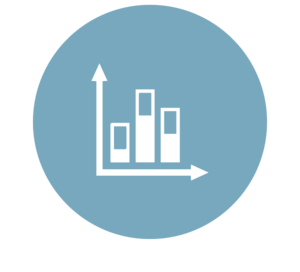
Depreciation is the recognition of an asset’s cost over a longer period of time (i.e. years vs. absorbing a major expense all at once). Depreciation begins when a business places an asset in service, and ends when the business has fully recovered the asset’s cost — OR when the taxpayer retires it from service, whichever happens first. For instance, when a printing business buys a new printer, it will likely depreciate that item over 5-10 years but might actually continue to use the printer long after it is fully depreciated.
Alternately, with changes in technology, the same printer company might buy a printer and plan to depreciate for 10 years, but find within 5 that is it out of date and they can be more profitable by buying a new machine. In this instance they will either sell the old unit and remove it from the depreciable items in that way, or they will accelerate the depreciation and add the new machine to the depreciation schedule.
Once a business has fully depreciated an asset, it is not required to dispose of the asset. If an asset is still in working order, they are free to keep using it. However, the business doesn’t gain a tax benefit from recognizing additional depreciation expenses on that same asset (no double dipping!). From an accounting perspective, the company is getting to use the asset for no cost from that point on.
Unfortunately, older assets often require more maintenance and need to be replaced eventually. As a business owner, you should determine if the cost of maintenance and repair is worth holding onto that asset. You should also consider the possibility that purchasing a new asset could improve your efficiency, reduce labor costs or even give you functionality that would make your business more competitive (and improve your sales). Beyond those factors, a tax planner can advise if the tax savings created by a new depreciable asset can justify the new purchase on its own!
Establishing an “Asset Threshold” with your tax preparer/planner can help you easily communicate to your bookkeeper what purchases should be depreciated versus expensed immediately. Most companies will set their threshold between $500 and $2500 to item or purchase (i.e. computer with necessary monitor and all cables needed make one purchase).. Additionally, using tools such as Receipt Bank can help you communicate this info to your bookkeeper as you publish copies of receipts.
The depreciation expense of an asset can be recorded in your accounting software either monthly or annually. Many accounting platforms, such as Xero and QuickBooks Online, include a depreciation module that can complete the entries for you.
